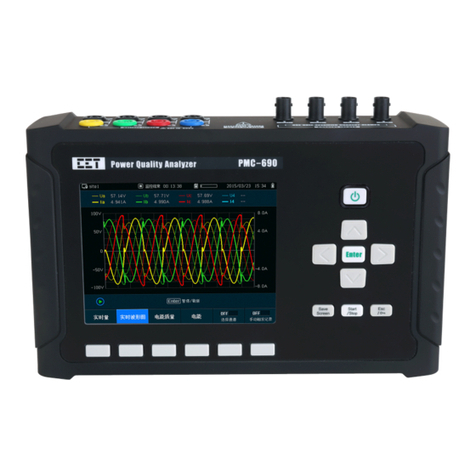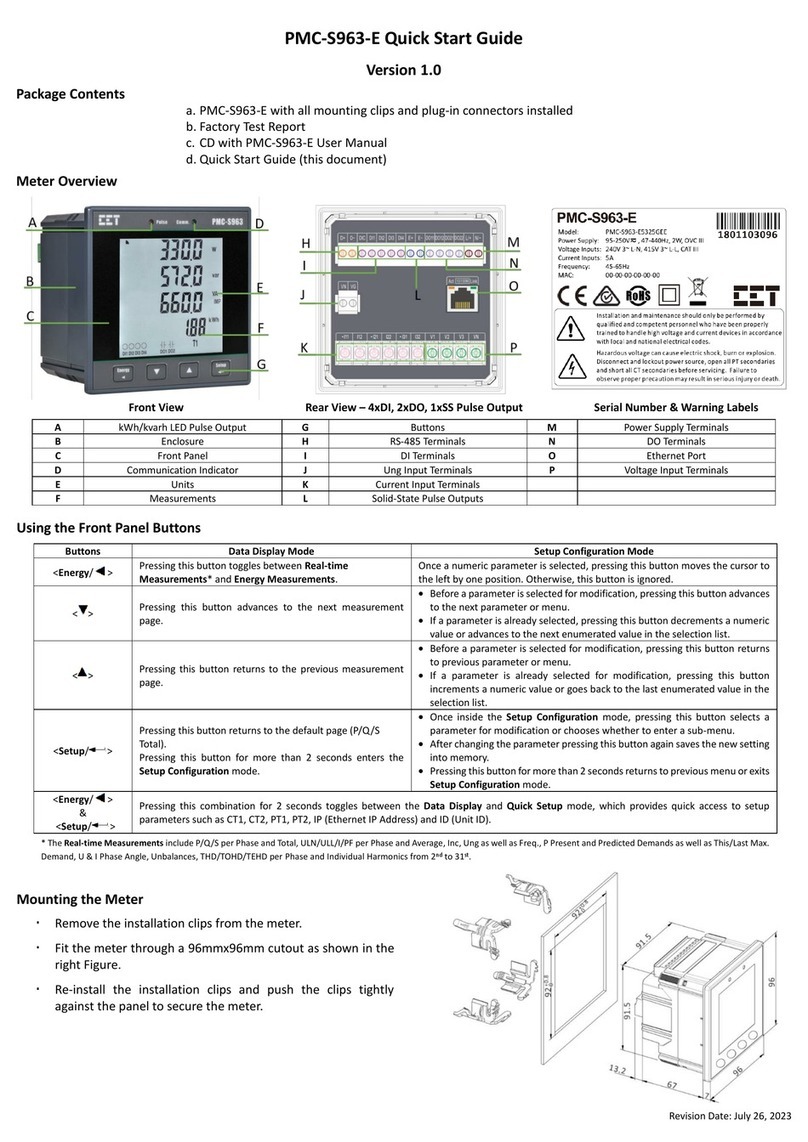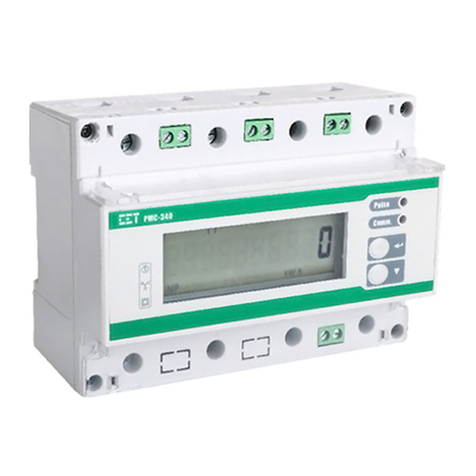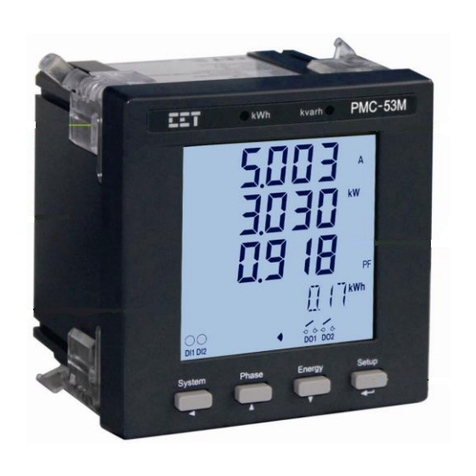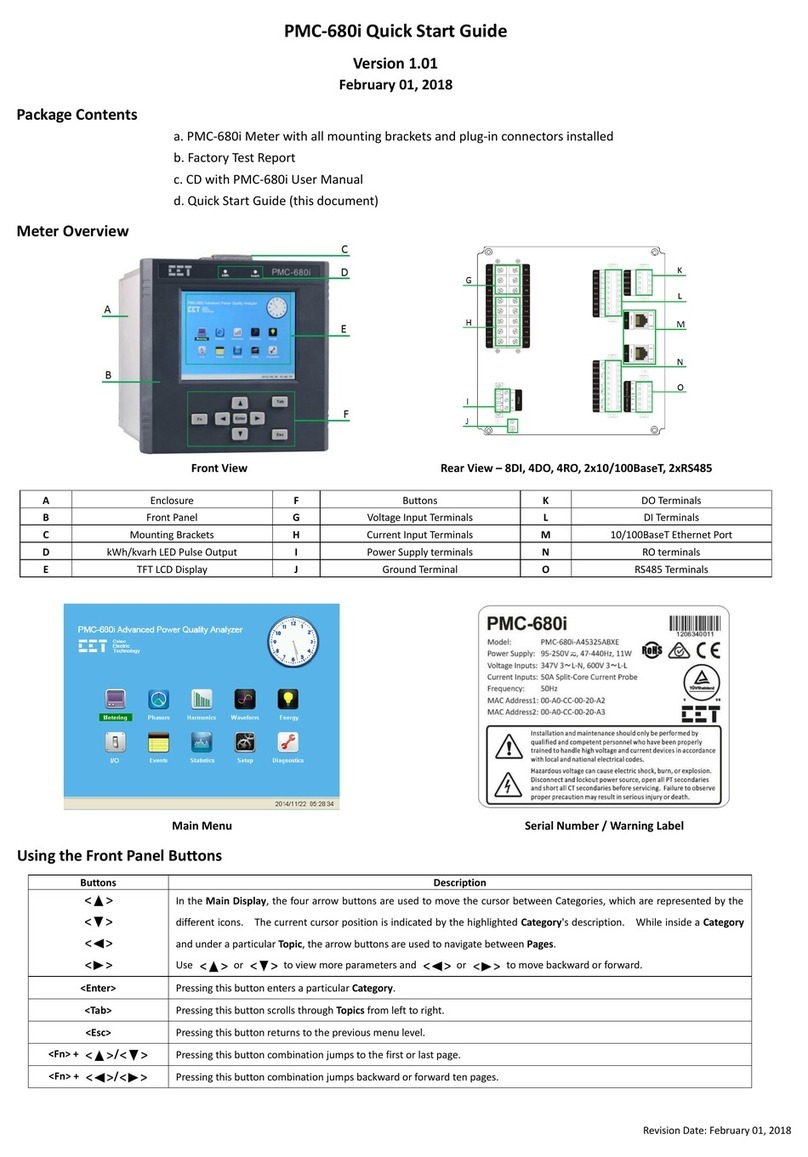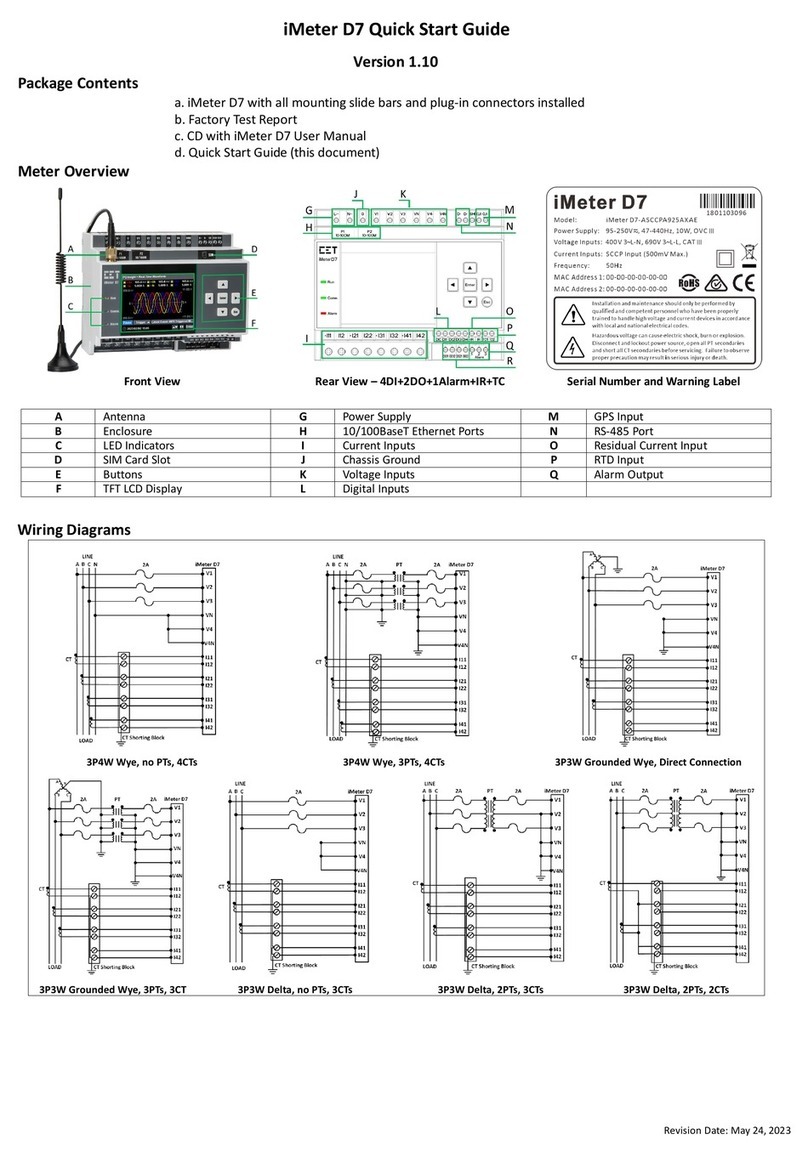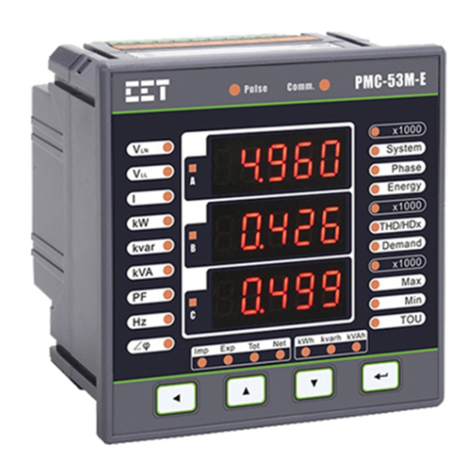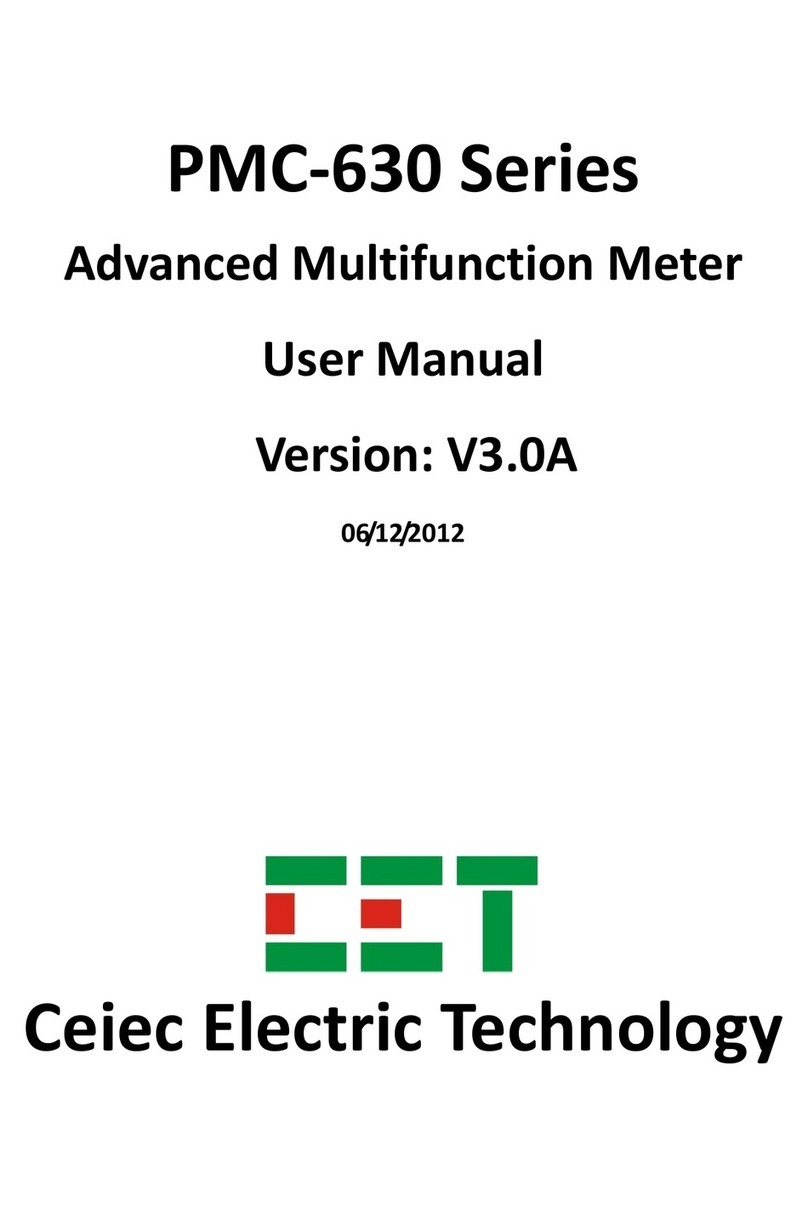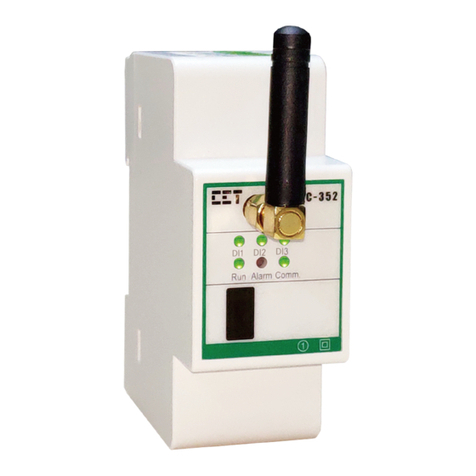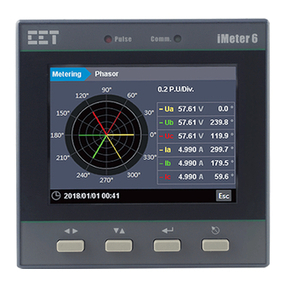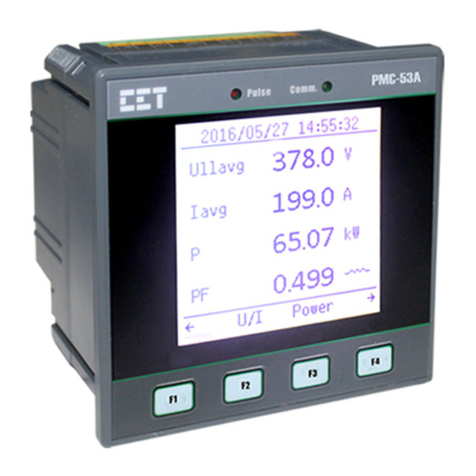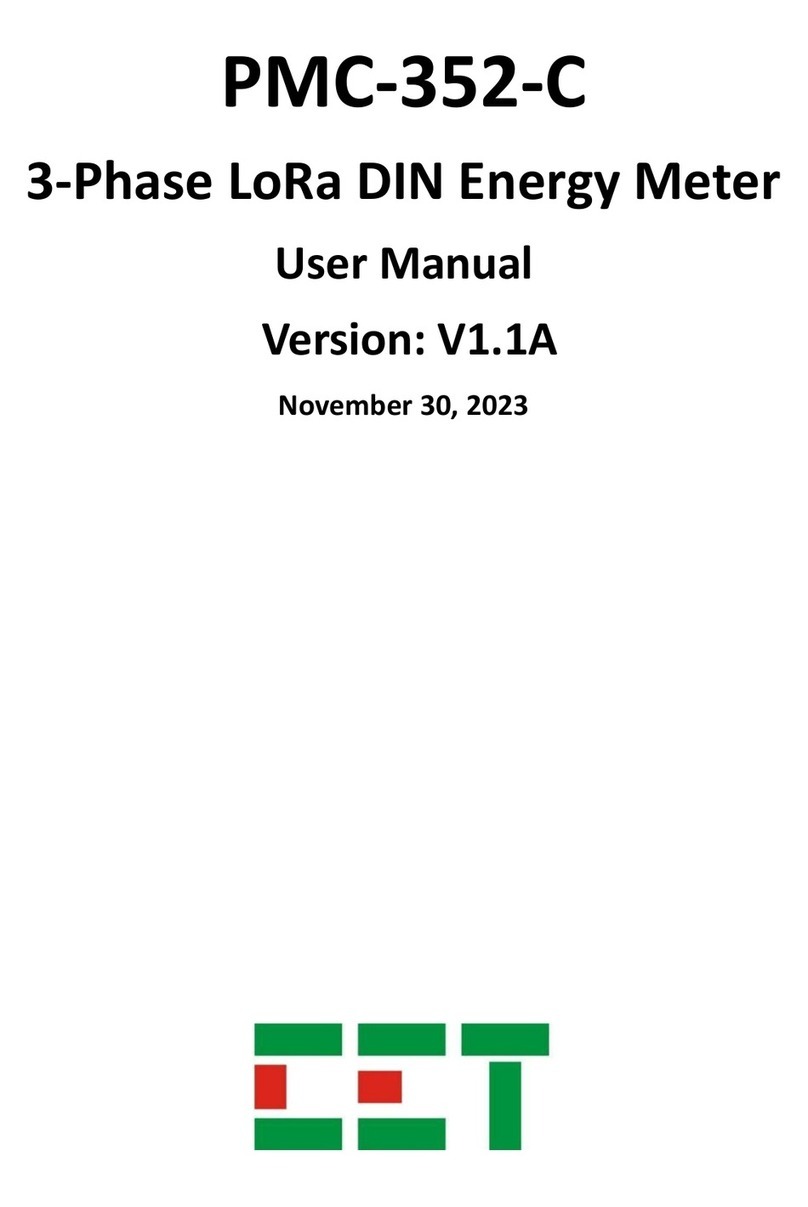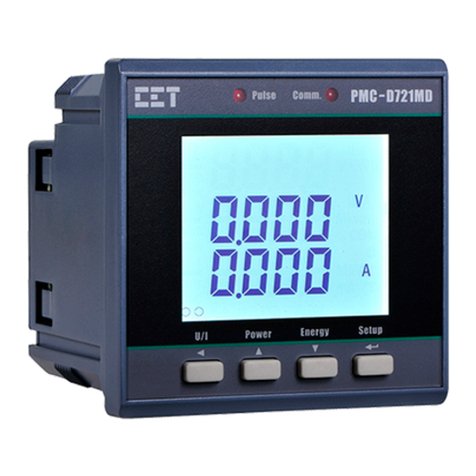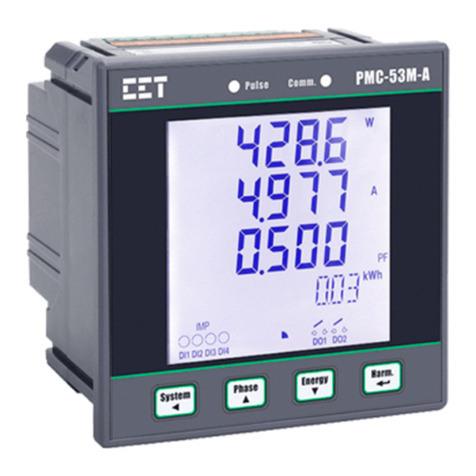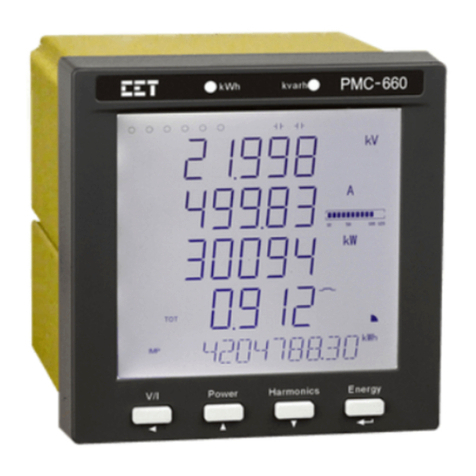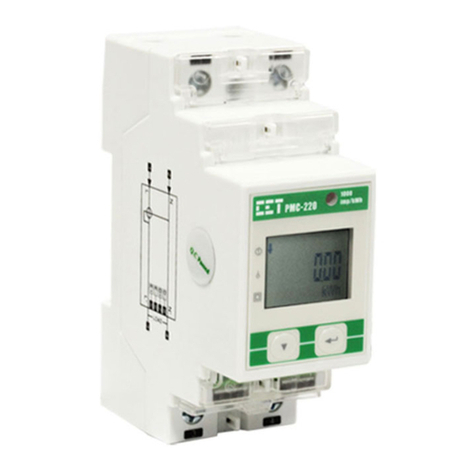4.1 Inputs and Outputs ..................................................................................................................33
4.1.1 Digital Inputs .................................................................................................................33
4.1.2 Analog Input..................................................................................................................33
4.1.3 Energy Pulse Outputs....................................................................................................33
4.2 Power, Energy and Demand .....................................................................................................34
4.2.1 Basic Measurements.....................................................................................................34
4.2.2 Energy Measurements ..................................................................................................34
4.2.3 Interval Energy Measurements .....................................................................................34
4.2.4 Demands .......................................................................................................................35
4.3 Alarm Setpoints........................................................................................................................35
4.3.1 Alarm Status..................................................................................................................35
4.3.2 Universal Hysteresis and Current ON/OFF Status .........................................................36
4.3.3 Current Alarms..............................................................................................................37
4.3.4 Voltage Alarm................................................................................................................38
4.3.5 Frequency Alarm...........................................................................................................39
4.3.6 Unbalance Alarm ..........................................................................................................40
4.3.7 Phase Reversal Alarm....................................................................................................41
4.3.8 Phase Loss Alarm ..........................................................................................................41
4.3.9 AI Alarm ........................................................................................................................42
4.3.10 DI Alarm ......................................................................................................................43
4.4 Power Quality...........................................................................................................................43
4.4.1 Phase Angles .................................................................................................................43
4.4.2 Unbalance .....................................................................................................................43
4.4.3 Harmonics .....................................................................................................................44
4.5 Sub-Meters (SM) ......................................................................................................................44
4.6 Virtual Meters (VM) .................................................................................................................45
4.7 Data Logging.............................................................................................................................45
4.7.1 Peak Demand Log .........................................................................................................45
4.7.2 SOE Log .........................................................................................................................46
4.7.3 Daily Freeze Log ............................................................................................................46
4.7.4 Monthly Freeze Log.......................................................................................................46
4.7.5 Data Recorder Log (DR Log) ..........................................................................................46
Chapter 5 Modbus Register Map............................................................................................................48
5.1 Status Register..........................................................................................................................48
5.1.1 General Status...............................................................................................................48
5.1.2 Instantaneous Alarms ...................................................................................................49
5.1.3 Latched Alarms .............................................................................................................50
5.2 Basic Measurements ................................................................................................................51
5.2.1 Measurements..............................................................................................................51
5.2.2 Measurements for HMI.................................................................................................53
5.2.3 Operating Time .............................................................................................................54
5.3 Energy Measurements .............................................................................................................54
5.3.1 Complete Energy Measurements based on kWh, kvarh and kVAh...............................54
5.3.2 Complete Energy Measurements based on SMs and VMs ...........................................55













